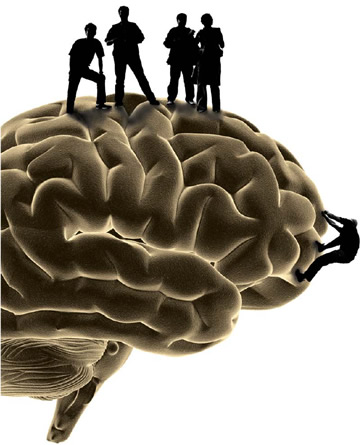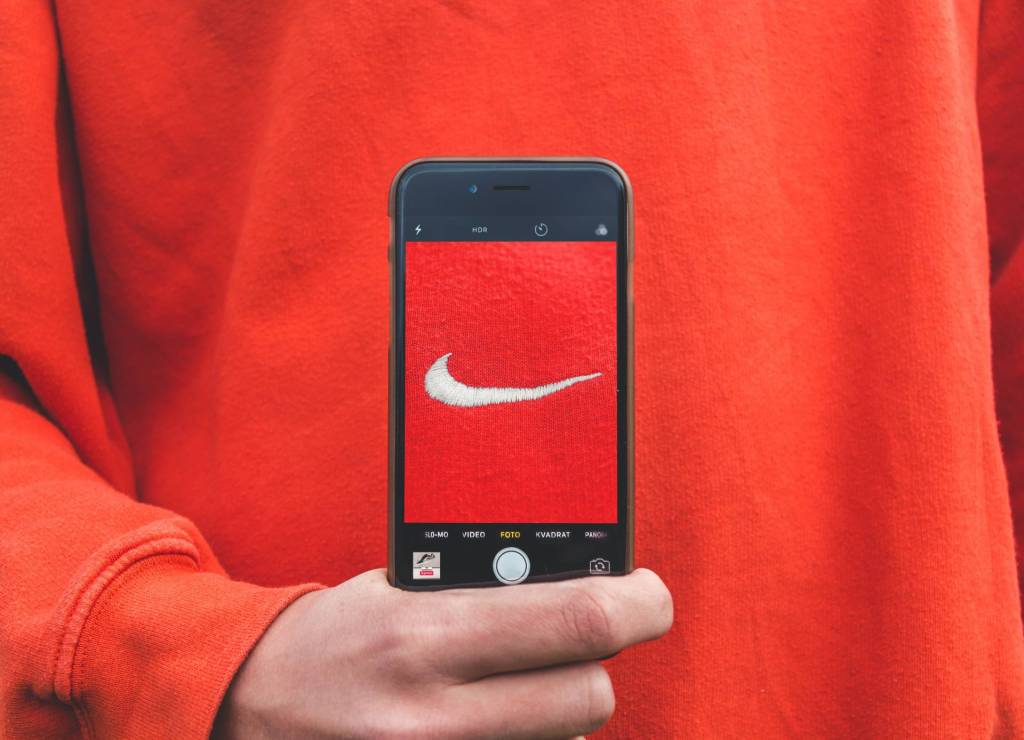Today, I spoke with Martin Lindstrom, who is the New York Times bestselling author of Buyology and an international branding expert. The last time I had a conversation with Martin, he was getting ready for his book launch and today, he’s taken that book to bestseller status, so it’s great to have him back on this blog. In this interview, 100% of the focus is on personal branding. Martin will explain his own distinct personal branding theories and ideas, as well as give you a glimpse at the future of personal branding and much more.
How important is having a personal brand during a recession?
More important than ever. During a recession companies (or rather people) buy trusted solutions – and brands are all about trust. So the stronger your personal brand is the more likely it is that you’ll secure a job first, be kicked out last and in general noticed in the public.
What do the most powerful personal brands have in common?
There are two categories of personal brands – those who rise to fame due to their provocative nature (think Madonna, Richard Branson or O’Riley) – I call them for the provocative personal brands. Then there’s the softer category of personal brands – the type of personalities who rise to fame due to their ability to mirror the problems of their audience (think Oprah, Dr Oz or Suzy Orman) – we call this category for reflective brands.
All those brands have three things in common: They’re first of all stay on message – never deviate away from their core values (like Oprah is the listener – always taking the weak persons side), they keep reinventing the way they get the same message across (Madonna reinvents her character – Branson consistently provokes established values) and last but not least they have a main platform for reaching their audience (Suzy Orman Show, Madonna’s concert tours, O’Rilley Factor).
What are the first most important steps in order to build a strong personal brand?
There are three steps – each essential in order to create a powerful brand:
“The three steps are: Attention, Bridging and Re-Invention.”
The most obvious step is to generate attention – some people call it the 2 minutes of fame – however this has absolutely no value unless a rigorous plan has been put in place bridging the short fame to a permanent brand. One of the best – and most classic examples of this was when the European pop group ABBA – won the European song contest – the key reason why they raised to fame. Their manager had prepared a detailed program for what to do if they would win – one of these activities was local language versions of the winner-song: Waterloo. The song was sent by currier to all TV stations across Europe the day after they won. Those days’ music videos didn’t exist – so ABBA’s approach to reaching all TV stations without being there were a worlds first. The strategy help elevate ABBA from just a winner of a song contest to become a permanent star on heaven.
The last step is to re-invent the message. All successful artists have found new and innovative ways to convey their message – yet they all still stay on message. This is a never ongoing evolution – explaining why authors keep publishing new books and why provocative musicians keep provoking the media. This is their way of attracting and keeping the spotlight on them.
How do you identify an area of competence?
“Creativity is defined as combining two ordinary components in a totally new way – funny enough this is the way you’ll find your area of competence as well.”
Let’s pick my own life as an example – I’ve always focused on branding – however I’ve always combined branding with something new. 14 years ago I focused on Internet Branding, 10 years ago on Kids Branding, 5 years ago on Sensory branding and today on NeuroScience and branding. The way for me to stay new and keep attracting attention around the world of branding is to consistently identify new trends within the world of branding – often things which has been around for a long time – yet combine these with the world of branding and thus create a totally new discipline.
something new. 14 years ago I focused on Internet Branding, 10 years ago on Kids Branding, 5 years ago on Sensory branding and today on NeuroScience and branding. The way for me to stay new and keep attracting attention around the world of branding is to consistently identify new trends within the world of branding – often things which has been around for a long time – yet combine these with the world of branding and thus create a totally new discipline.
So in short – identify an area you feel very comfortable within – then identify an area which in combination with your core expertise would create an amazing constellation – and go for it.
What’s the future of personal brands going to evolve over the next 10 years?
Let me first of stress one thing – we’re all brands. It may be that some people are an unpolished brand, others are weak brand or a less concise brand – but we’re all brands. Over the next decade we’ll see an increase in awareness of personal branding. People will not only become more aware of their looks (I think we’re well on our way on this point) – people will begin to go to speech training, attend sessions in breathing techniques and NLP.
Finally we’re likely to see that almost every person will begin to “merchandise” themselves; Applications like Facebook is likely to fuel this trend – offering easy and cheap ways to convert favorite pictures into customized t-shirts, mugs and mouse pads, selling screensavers (with the face of you on) or friends trees (a tree outlining the hierarchy of all your friends – printed on a t-shirt).
————-
Martin Lindstrom, is the New York Times and Wall Street Journal Best-selling author of Buyology – Truth and Lies About Why We Buy. Lindstrom is the CEO and Chairman of the LINDSTROM company and the Chairman of BUYOLOGY INC New York and BRAND sense Agency London. As one of the world’s most respected marketing gurus, he advises top executives at companies including the McDonald’s Corporation, Nestlé, Procter & Gamble, Microsoft, and The Walt Disney Company. Martin Lindstrom speaks to a global audience of close to a million people every year. He has been featured in numerous publications, including Wall Street Journal, New York Times, Washington Post, and TIME and featured on NBC’s TODAY SHOW, ABC News, CNN and BBC, his previous book, BRAND sense, was acclaimed by the Wall Street Journal as one of the five best marketing books ever published. His five books on branding have been translated into twenty-five languages.












